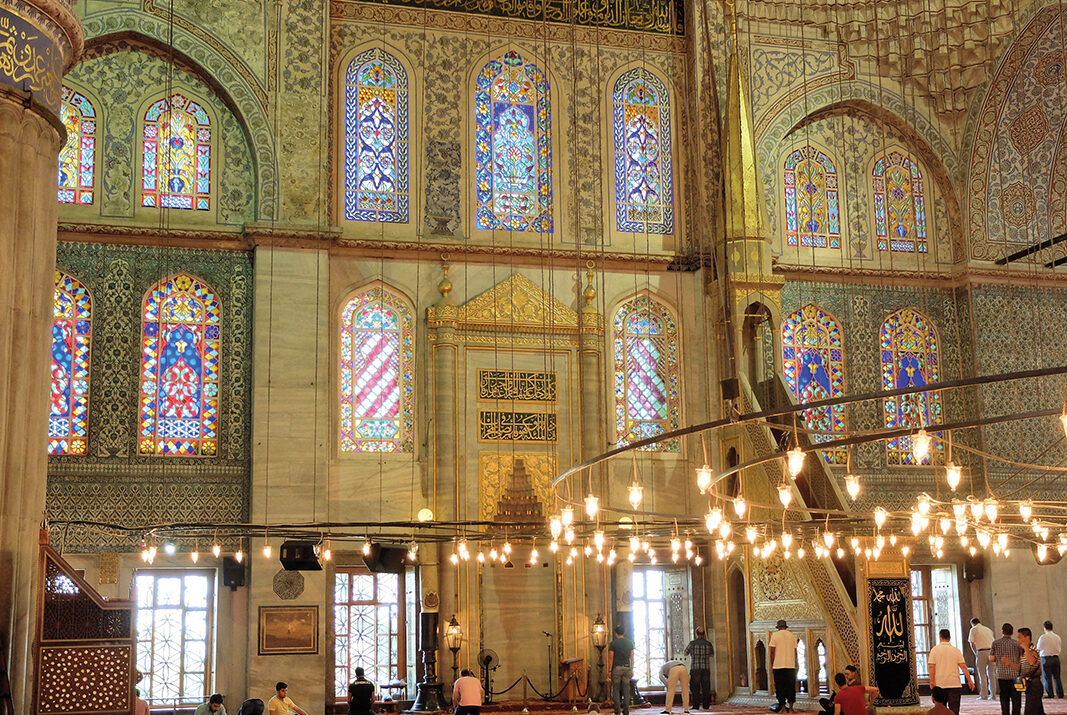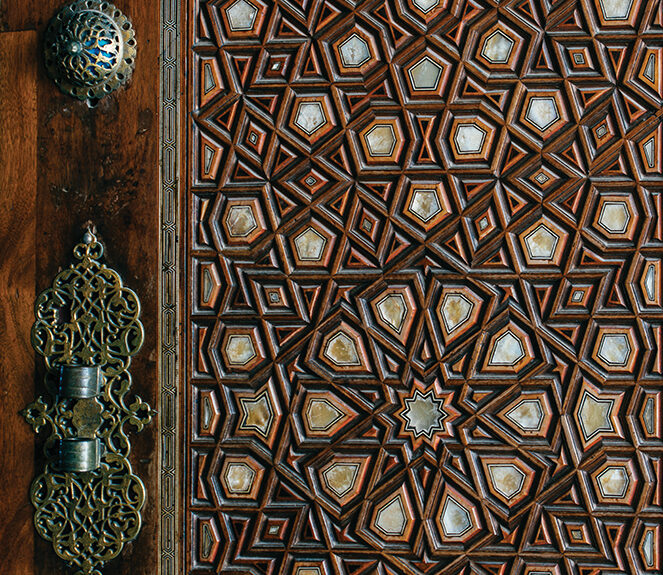The art of naht, defined as shaping wood using carving or relief techniques, developed during the Seljuk period and earned its place among classical Turkish arts. Closely related to calligraphy, the art of naht emerged within the broader development of Islamic arts and flourished especially during the Ottoman era, together with calligraphy and illumination.
The carving art, in which walnut, apple, pear, cedar, ebony, and rosewood are commonly used, began to spread in the 19th century. Aimed at presenting calligraphic works in a different dimension and transforming them not only into writing but also into three-dimensional artworks, this art combined with woodcraft and carving techniques to take on its present form.
During the Seljuk period, the art of naht was predominantly found in masterfully crafted works consisting of architectural elements such as mihrabs, mosque doors, and cabinet doors. However, by the Ottoman period, the art of naht had become simpler and began to be applied to everyday objects such as tables, headdresses, writing sets, drawers, chests, spoons, thrones, boats, lecterns, and Quran cases. In addition, the art continued to be applied intensively in architectural works such as windows, cabinet doors, beams, consoles, ceiling domes, mihrabs, minbars, and coffins. This simplification and diversity of application areas also allowed the art of naht to express itself most clearly.
The art of naht frequently features in Islamic art exhibitions, museum collections, and art fairs. When displayed alongside calligraphy, naht works offer viewers not only the meaning of the text but also an artistic experience through depth, light, and shadow. Conservatories, fine arts faculties, and Islamic arts centers in Türkiye organize workshops and courses to keep this art alive. In addition, some calligraphy masters and artisans produce special collections and souvenir items by reinterpreting classical calligraphy works using the naht technique.
Architectural structures in Türkiye where naht art can be seen
- Süleymaniye Mosque (İstanbul): The Süleymaniye Mosque, a masterpiece from Mimar Sinan’s mature period, features examples of carved calligraphy in the inscriptions inside the dome and the stone reliefs on its monumental gates. In particular, the jeli thuluth inscriptions on the entrance doors are among the early examples of classical naht art.
- Sultanahmet Mosque (İstanbul): Although it is best known for its tile decorations, the stone relief calligraphy on its mihrab and main gate was created using the carving technique. These inscriptions are a perfect example of aesthetic and spiritual harmony.
- Topkapı Palace (İstanbul): In Topkapı Palace, especially around the Gate of Felicity, the entrances to the Inner Courtyard, and the area surrounding the Chamber of the Holy Relics, there are panels featuring examples of wood carving and stone relief naht.




